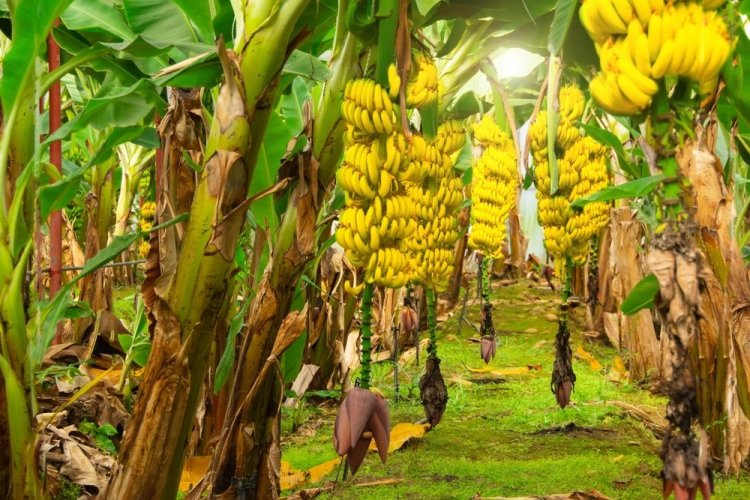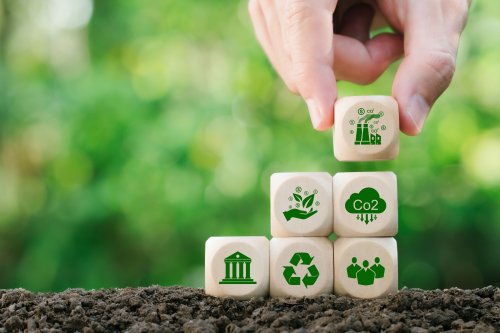The climate crisis threatens the future of bananas, as nearly two-thirds of banana plantations in Latin America and the Caribbean may not be suitable for growing the fruit by 2080.
This is stated in a new report by Christian Aid organization “Bananas: How climate change threatens the world's favorite fruit”.
Rising temperatures, extreme weather, and climate-related pests are hitting banana-producing countries like Guatemala, Costa Rica, and Colombia, reducing yields and devastating rural communities across the region.
An estimated 80% of the banana exports that reach supermarkets around the world come from Latin America and the Caribbean, one of the most vulnerable regions to extreme weather and climate disasters.
However, the crop is under threat from the human-caused climate crisis and threatens a vital source of food and the livelihoods of communities that have contributed little to no greenhouse gas emissions that cause global warming.
“Climate change is killing our crops. It means we have no income because we can't sell anything. My plantation is dying. So, what's happening is death,” 53-year-old Aurelia Pope So, a banana grower in Guatemala, told Christian Aid researchers.
Why it matters
Bananas are the most consumed fruit in the world and the fourth most important food crop in the world after wheat, rice and corn. About 80% of the bananas grown in the world are destined for local consumption, and more than 400 million people get between 15% and 27% of their daily calories from this fruit.
How climate change affects banana plants
Bananas, especially the Cavendish variety, are sensitive fruits. They need a temperature range of 15 to 35°C to grow, as well as sufficient water – but not too much. They are sensitive to storms, which can cause the banana plant to shed its leaves, making photosynthesis much more difficult.
Although there are hundreds of banana varieties, the Cavendish accounts for the vast majority of exports, as fruit conglomerates have chosen it for its excellent flavor, hardiness, and high yields.
It is the lack of genetic diversity that makes bananas particularly vulnerable to rapid climate change.
The climate crisis is directly harming growing conditions – and contributing to the spread of fungal diseases that are already destroying crops and livelihoods. Black leaf fungus can reduce the ability of banana plants to photosynthesize by 80%. It thrives in humid conditions, making bananas vulnerable to uneven rainfall and flooding.
Rising temperatures and changing rain patterns exacerbate another fungus, Fusarium, which destroys entire cavendish plantations around the world.
Earlier, EcoPolitics reported that due to climate change, Europe risks being left without spa resorts.





